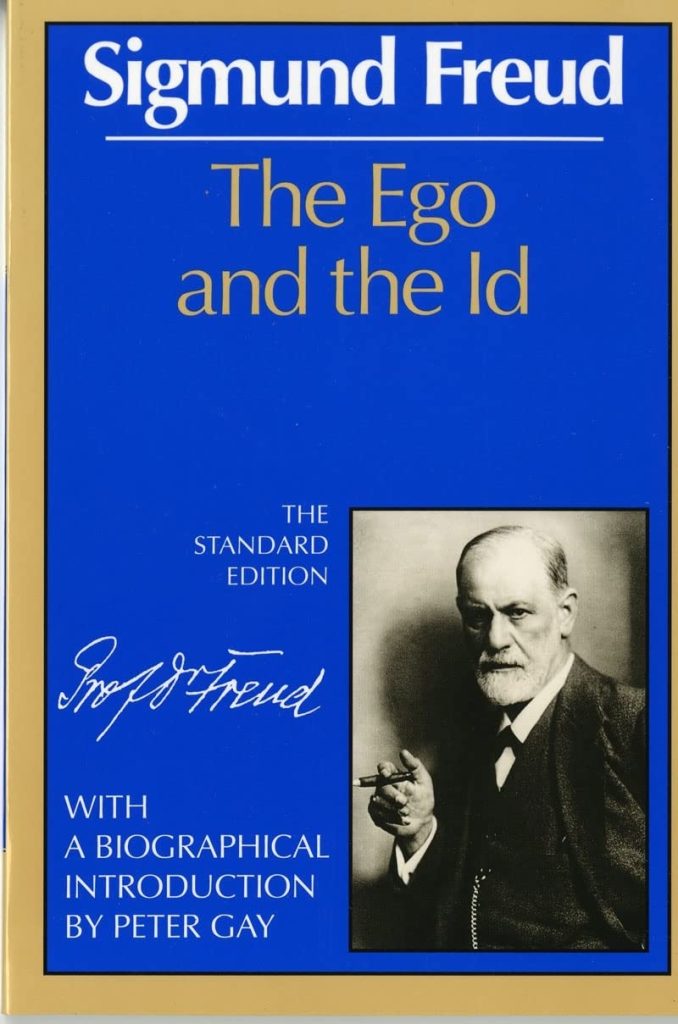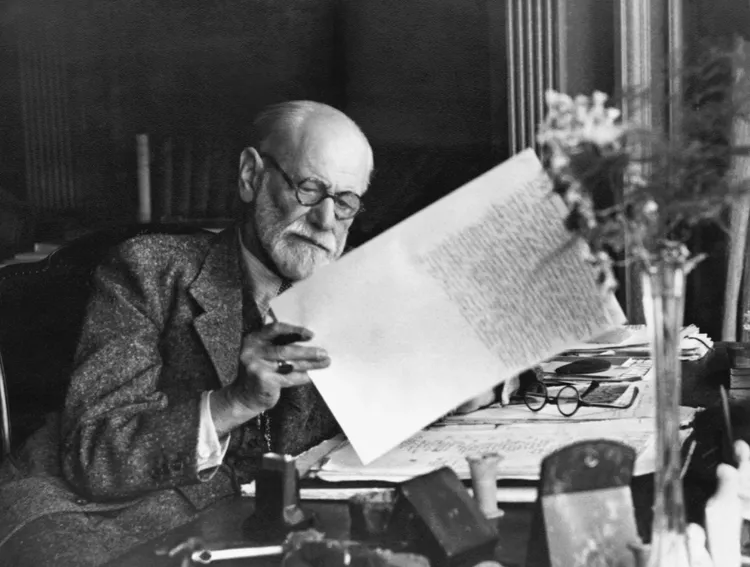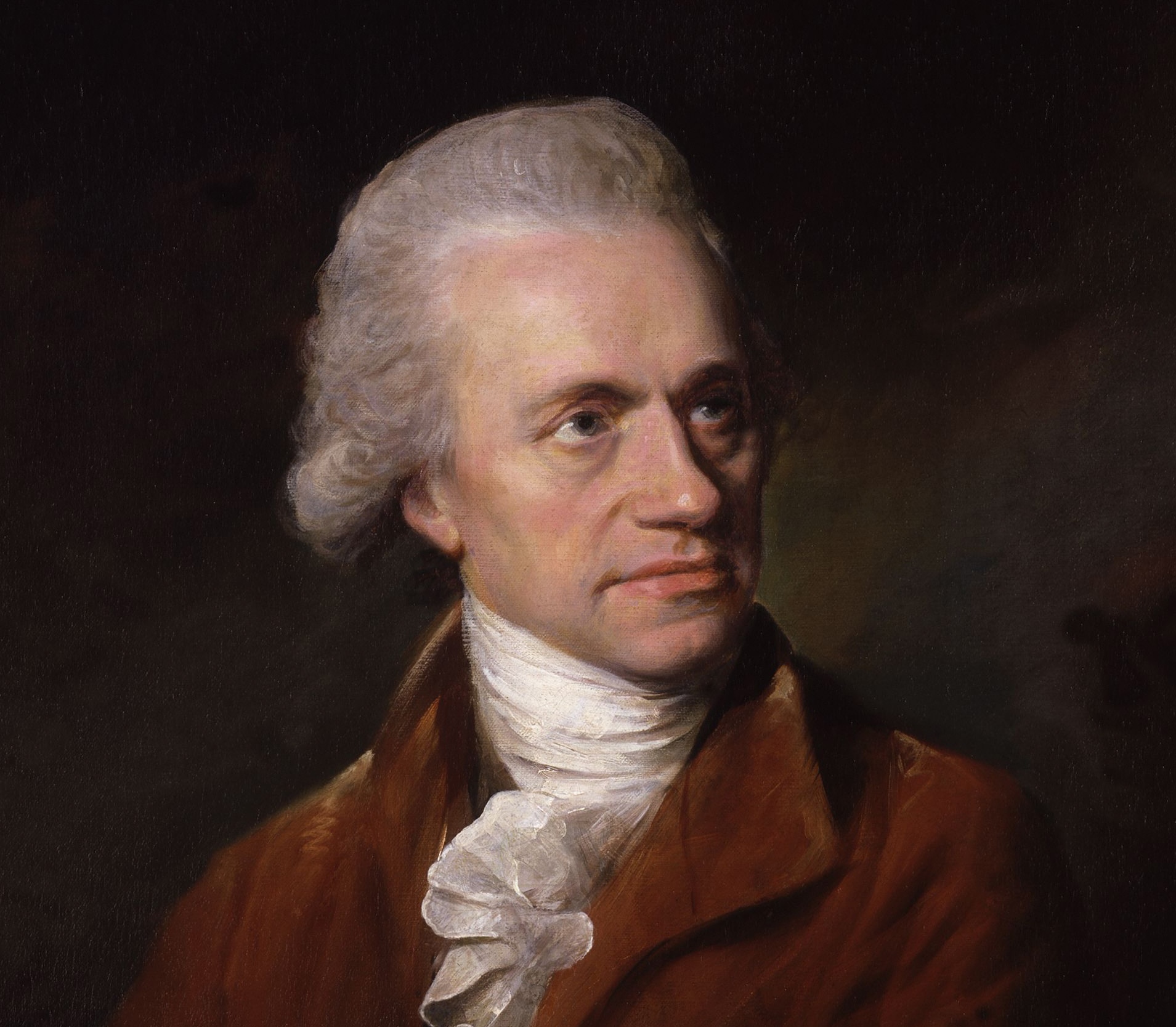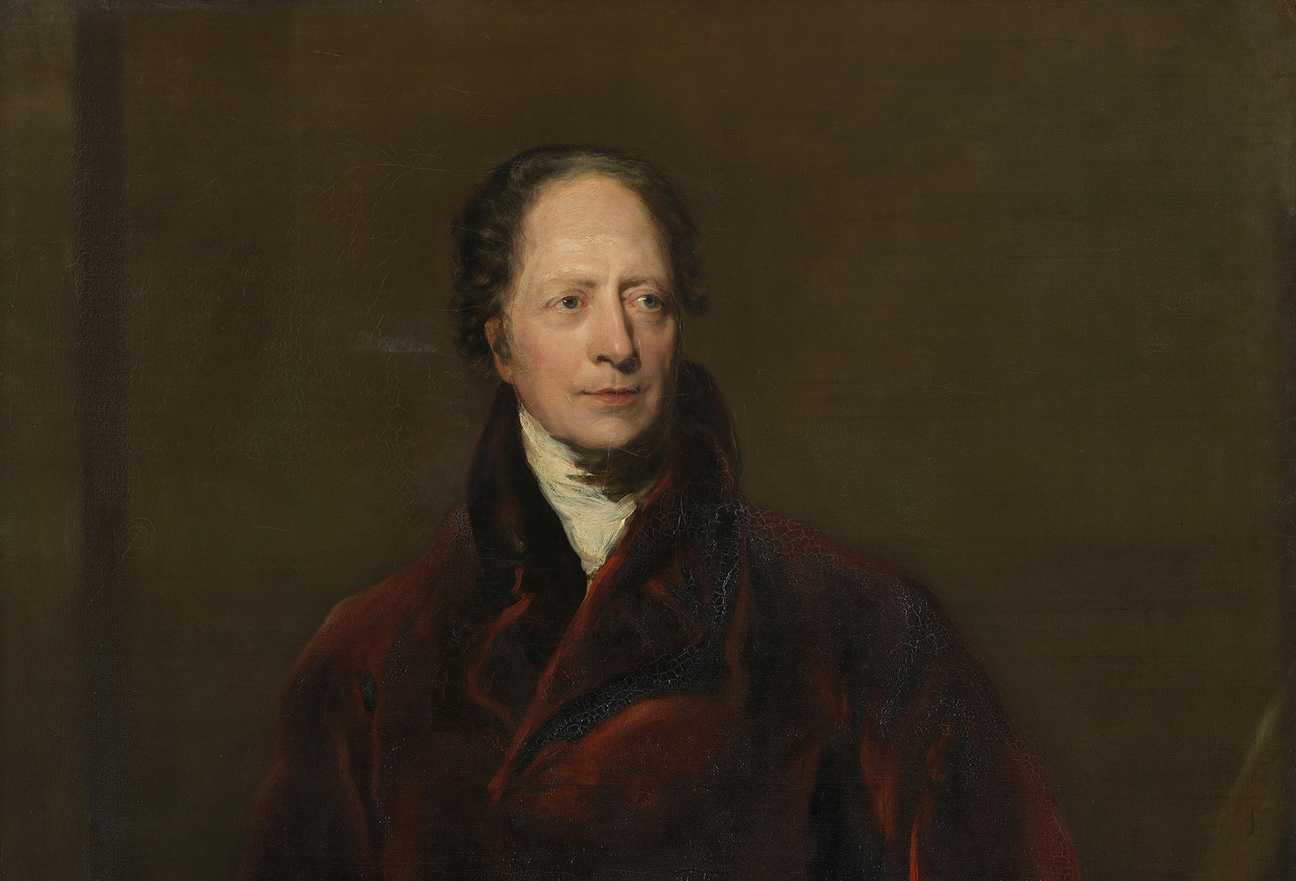I love exploring psychology and creativity from new perspectives. Sometimes, I think about how Freud’s theory of the id, ego, and superego could be applied to creativity, and how these elements might shape the way we express ourselves and bring ideas to life. These three parts of the psyche—raw emotion, structure, and cultural influence—seem to show up in all kinds of creative work, whether it’s art, music, writing, or even problem-solving.
The Id in Creativity: Pure Emotion and Instinct
The id is our raw, emotional side, driven by instinct and desire. When I think about creativity, the id shows up as the spontaneous, instinctive part of the process—the moments when we let go and just create, without worrying about rules or structure.
What the Id Might Look Like in Creativity:
Improvisation: Whether in jazz music or abstract art, improvisation seems to tap into that pure, emotional, instinctive place where ideas flow without restraint.
Stream-of-Consciousness: In writing, especially in experimental forms, there’s something freeing about letting thoughts spill out, unedited and raw.
Innovative Ideas: Sometimes, when we let our minds wander, we stumble upon those wild, unstructured solutions to problems that seem to come from nowhere.
The Id in Childhood Creativity
I’ve noticed that kids seem to develop the id in creativity first. When they start drawing or making sounds, it’s all about freedom—no concern for structure or perfection. It’s like they’re naturally tapping into that raw creative energy.
The Ego in Creativity: Balance and Structure
The ego, on the other hand, is about balance. It’s where we bring in structure, organization, and the conscious mind that wants to create something that makes sense and fits into the world around us.
What the Ego Might Look Like in Creativity:
Writing and Editing: I often think about how writers shape raw ideas into something cohesive. The first draft is instinctive (id-driven), but editing brings in the ego’s sense of structure and flow.
Designing with Purpose: In architecture or design, it’s all about balancing creativity with function, making sure the idea works in the real world.
Composing Music: Even in free-flowing genres, there’s still a need to balance melody, rhythm, and harmony—finding that equilibrium between freedom and order.
The concept of the id, ego, and super-ego was introduced by Sigmund Freud in his book “The Ego and the Id” (Das Ich und das Es), first published in 1923.
This theory was one of Freud’s most influential contributions to psychoanalysis and has since been widely discussed and applied in psychology and beyond.

The Superego in Creativity: Tradition and Cultural Norms
Then, there’s the superego, the part of us that’s shaped by the world’s rules and expectations—traditions, cultural norms, ethical guidelines. In creativity, this is where we consider what’s acceptable, what fits within societal norms, and what aligns with artistic or moral standards.
What the Superego Might Look Like in Creativity:
Classical Artistic Practices: When I think about classical art or music, it’s fascinating how so many creators were driven by the superego—sticking to established conventions or forms that defined what was “good” or “high art.”
Genre Conventions: In writing, filmmaking, or music, we often adhere to established patterns and expectations, following specific styles or techniques that feel right within the context of a genre.
Ethical Boundaries: In journalism or storytelling, the superego plays a role in ensuring that our creative work aligns with truths, ethics, and cultural expectations.
How These Concepts Shape Creative Work
When I think about how the id, ego, and superego interact, it’s clear that great creative work often comes from balancing these forces. There’s a tension between raw emotion and instinct, structure and planning, and cultural or personal ideals.
Creative Tension Between the Id, Ego, and Superego
The id drives spontaneous, emotional creativity.
The ego brings structure and coherence to raw ideas.
The superego refines the work, pushing it to meet certain standards or ideals.
Free Expression vs. Structured Creation
Id-driven creativity: It’s that moment of pure inspiration where we create freely, without concern for structure or rules—like a spontaneous painting or a jazz solo.
Ego-driven creativity: Here, we start shaping our raw ideas into something more structured, like writing a novel or composing a symphony.
Superego-driven creativity: In classical music, traditional art, or academic writing, we follow the standards of what’s been deemed good or appropriate, ensuring our work aligns with cultural norms or historical practices.
Creative Fields and Their Psychological Influences
The Id: In free jazz, surrealism, abstract expressionism, and other experimental forms, the id often takes the lead, embracing chaos and raw emotion.
The Ego: In graphic design, songwriting, filmmaking, and structured compositions, the ego helps organize and balance creative ideas with logic and structure.
The Superego: Classical music, formal art, and literature often reflect the superego’s influence, adhering to established norms and expectations of beauty, form, and function.
Conclusion: The Psyche of Creativity
When I reflect on creativity, it feels like the human mind itself—a balance between emotion, logic, and tradition. The interplay of the id, ego, and superego shapes how we bring ideas to life and how we respond to the world around us. Understanding these forces can help us deepen our creative process and unlock new ways of thinking, creating, and expressing ourselves.


